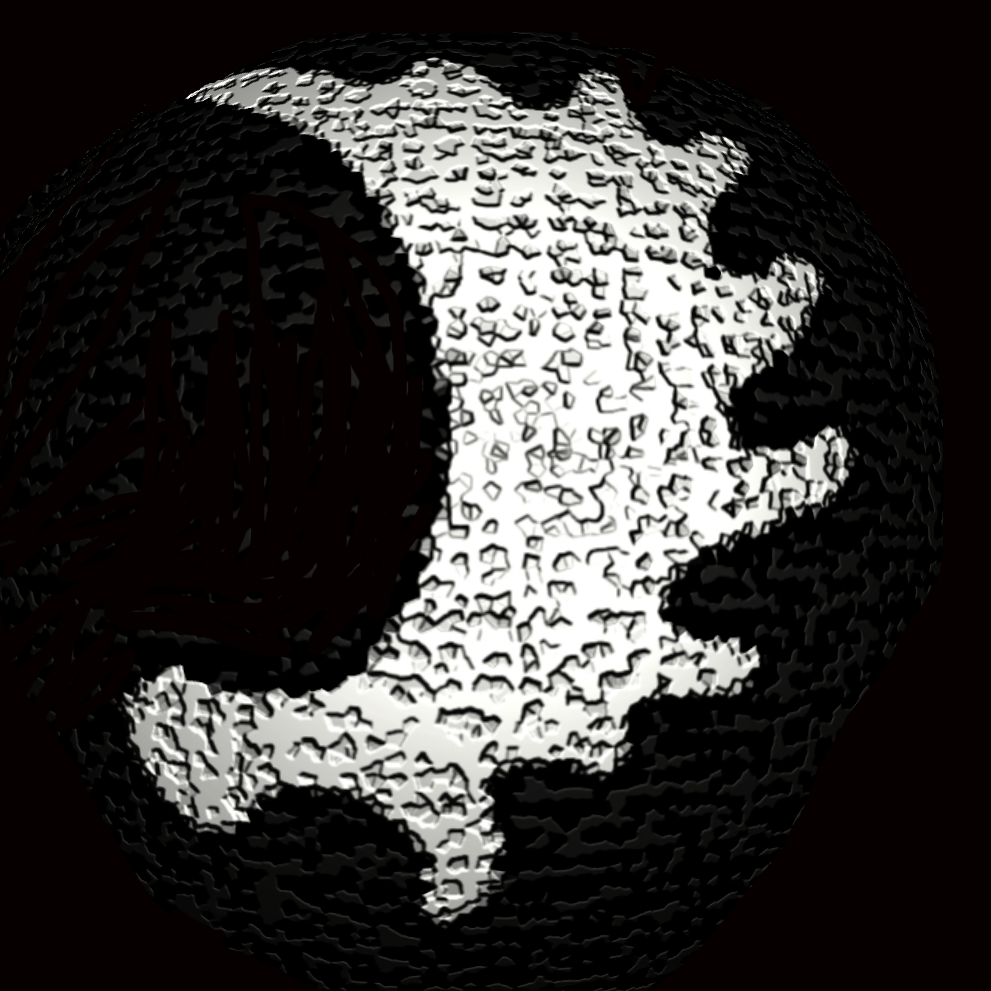Russian Empress Catherine the Great was actually German. Before she became Empress of Russia and renamed Catherine, her real name was Sophie Friederike von Anhalt-Zerbst-Domburg. She was born in 1729 in Stettin in Pommerania, Prussia. After she ascended to the throne, she wanted industrious and skilled Germans to colonize her vast Russian Empire. In 1763, Germans were enticed to emigrate into the Russia, mainly to settle and introduce more advanced German agricultural methods to rural Russia. Her 1763 Proclamation thus allowed Germans to maintain their language and culture and also offered generous incentives… exemption from military service, self-governance, tax breaks, freedom of religion, and 75 acres land for each family.

This is how it came to be that tight knit German language communities were established all over the Russian Empire. German colonization was most intense in the Lower Volga, but many other areas also saw an influx.
For example in Kaunas, Lithuania (part of the Russian Empire until 1917), the population was 5% German in the 1890 census.Other Germans located to Mitau and Riga, cities in the Latvian part of the Russian Empire. They joined the Germans who were already there since the Northern Crusades of the 13th century. Many Baltic Germans even moved to Saint Petersburg and became officials in the Russian government. Russian Germans were disproportionately represented among Russia’s engineers, technical tradesmen, industrialists, financiers and large land owners. For example, one of the Russian generals in WWI was Paul von Rennenkampf and another ethnic German, Maria Blank, granddaughter of Johann Groschopf, was the mother of Vladimir Lenin.
In 1804 a second manifesto for colonists was issued by Catherine the Great’s grandson, Alexander. All of the rights and privileges of the first manifesto remained, but this time “only capable agriculturists and artisans” would be admitted. Many of those who emigrated in this wave were Germans who settled near the Black Sea.
After 1871 the exemption from military service and lower taxes was removed and this resulted in many Russian German Lutherans leaving for America and Canada, while many Catholics chose Brazil and Argentina. Later during the Soviet era, Germans from the Baltic States were encouraged by Germany to return to the Reich and almost all of them did so in 1940. When Germany invaded Russia in 1941, nearly all of the able-bodied Volga and Black Sea German population that still remained was conscripted into NKVD labor columns. Survivors were forced to live in Siberia, where 300,000 still live today. Those Germans who still lived in European Russia followed the German army in its retreat in 1943 and 1944 and remained in Germany after World War II. Today, 2.3 million German Russians are living in Germany.
The portrait of Katherine the Great was by Johann Baptist von Lampi, an Austrian portrait painter, circa 1780.

Explore images on brand new products at my stores


